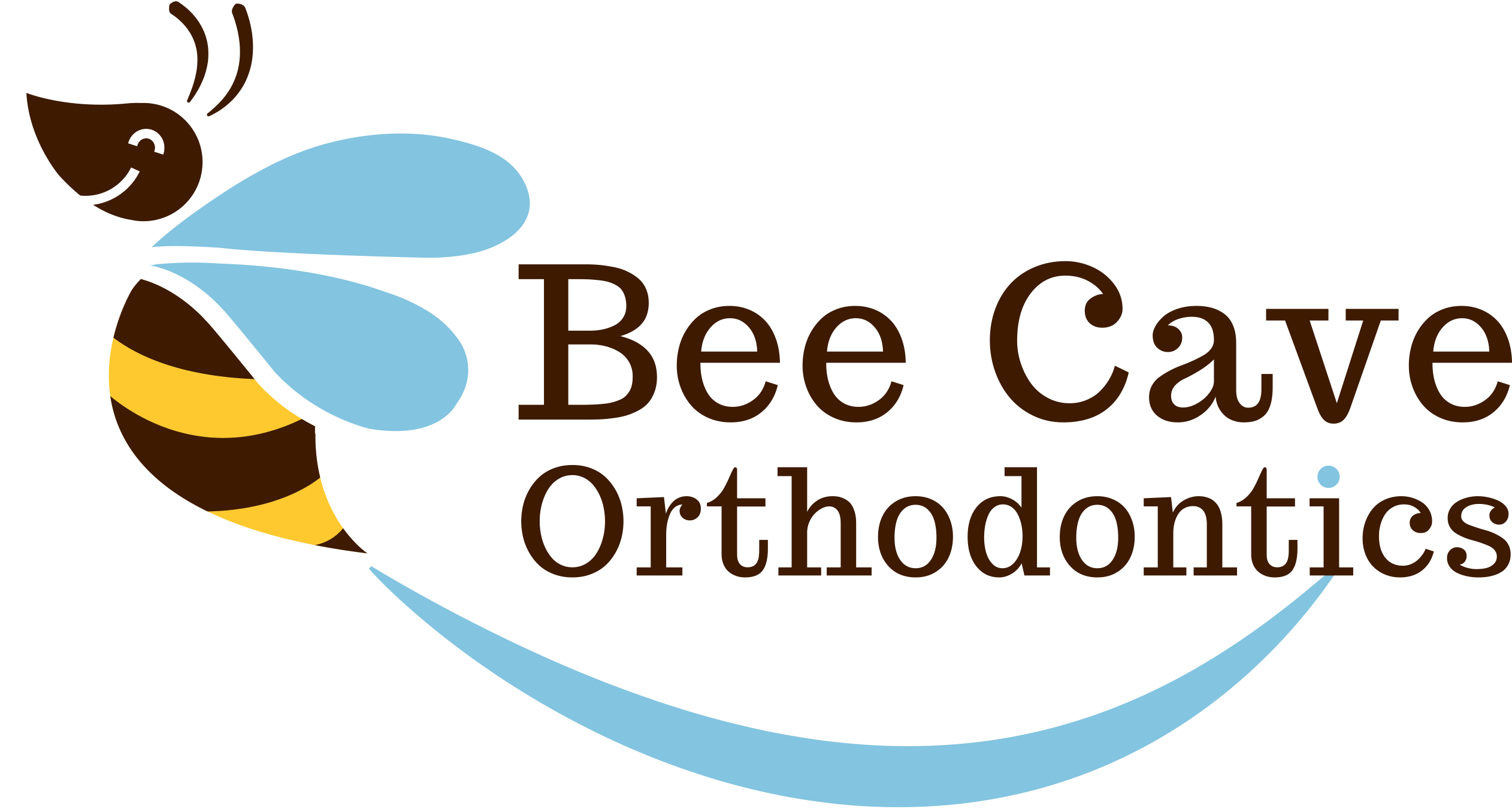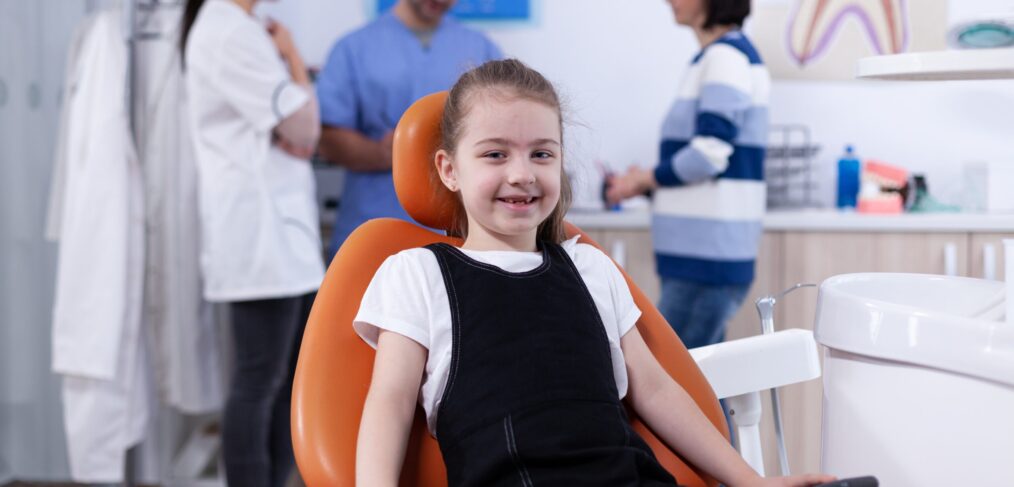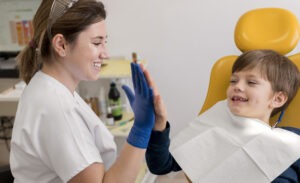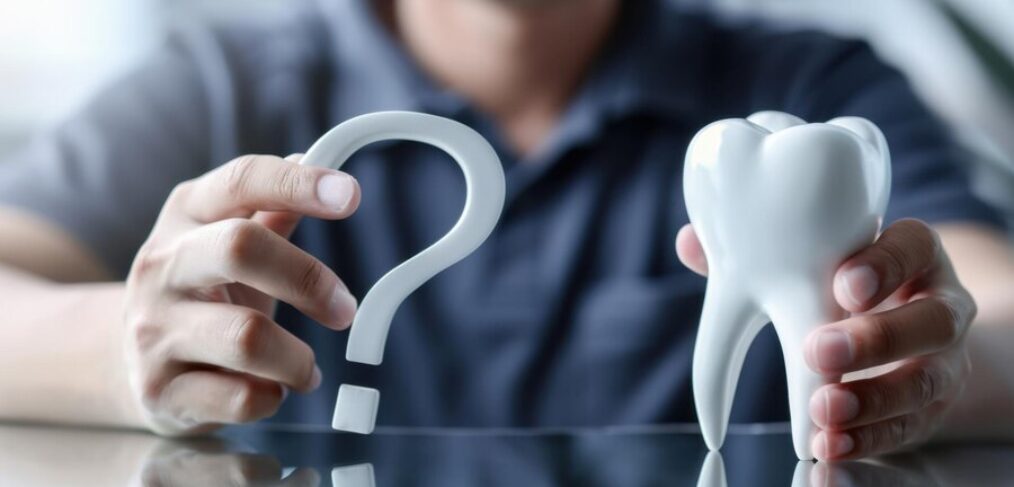Invisalign or Braces: The Modern Orthodontic Debate – Bee Cave Orthodontics – Austin, Texas
When it comes to straightening teeth, both Invisalign and traditional braces offer excellent solutions.
Choosing between the two can be challenging, especially with modern orthodontic advancements.
In Austin, Texas, patients have access to cutting-edge technology that offers personalized orthodontic care. But which option is right for you: Invisalign or braces?
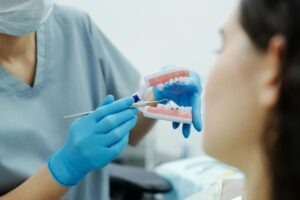
Let’s break down five key factors to consider in this decision.
1. Aesthetics: Clear Aligners vs. Metal Brackets
One of the most obvious differences between Invisalign and braces is their appearance. Invisalign uses clear, plastic aligners that are virtually invisible, making them the go-to choice for those who want a discreet orthodontic solution. In contrast, traditional braces consist of metal brackets and wires attached to the front of the teeth, which are more visible.
For adults and teens concerned with maintaining a professional or polished look, Invisalign provides a sleek, modern option. The nearly invisible aligners mean you can go about your day-to-day life without drawing attention to your orthodontic treatment. On the other hand, braces offer various customization options like colored bands, making them fun for younger patients.
Key takeaway:
- Invisalign is ideal for those prioritizing discretion.
- Braces might be more appropriate for younger patients or those who don’t mind a visible treatment.
2. Treatment Time: Which Works Faster?
Another important factor is how long the treatment will take. The duration of orthodontic treatment varies based on individual cases, but generally, braces work a bit faster than Invisalign, especially for more complex dental issues. This is because braces exert a constant force on teeth, which can be adjusted during routine orthodontic visits.
Invisalign treatment typically requires wearing the aligners for 20 to 22 hours per day and changing to a new set every one to two weeks. While this can efficiently move teeth, it may take longer for more complicated orthodontic issues compared to braces. However, advancements in aligner technology have improved the effectiveness of Invisalign in treating a wider range of cases.
Key takeaway:
- Braces are typically faster for complex issues.
- Invisalign is effective but might take longer for severe misalignments.
3. Comfort: How Do They Feel?
Comfort is a significant factor for many patients choosing between Invisalign and braces. Traditional braces, made of metal, can sometimes cause discomfort due to sharp edges or wires poking the inside of your mouth. While modern orthodontic materials have made braces more comfortable than in the past, they still require periodic adjustments, which can cause temporary soreness.
Invisalign aligners are made from smooth plastic, which is gentler on the soft tissues inside your mouth. There’s no risk of wires poking your cheeks or gums, making Invisalign the more comfortable option for many patients. However, Invisalign requires self-discipline, as the aligners must be worn consistently for the treatment to be effective.
Key takeaway:
- Invisalign tends to be more comfortable and less likely to cause irritation.
- Braces might cause more discomfort, especially during adjustments, but are effective.
4. Maintenance: Keeping Your Teeth Clean
Maintaining oral hygiene can be more challenging with traditional braces. The brackets and wires make it harder to clean around the teeth, which can lead to a higher risk of plaque buildup, cavities, or gum disease if proper care isn’t taken. Brushing and flossing around braces requires special techniques and tools, such as floss threaders or interdental brushes.
Invisalign aligners are removable, allowing you to maintain your regular brushing and flossing routine. You can also remove them when eating or drinking, which minimizes the risk of food particles getting trapped. However, the removable nature of Invisalign means it’s important to clean the aligners themselves regularly to avoid any bacteria buildup.
Key takeaway:
- Invisalign allows for easier maintenance of oral hygiene.
- Braces require more effort and special tools to keep teeth clean.
5. Technology: Modern Orthodontics at Its Best
Both Invisalign or braces benefit from modern technology. Orthodontic treatments have come a long way, and today’s patients in Austin, Texas, are fortunate to access state-of-the-art methods for straightening teeth.
Invisalign relies heavily on advanced technology. Each set of aligners is custom-made using 3D imaging technology, which creates a precise map of how your teeth will move throughout treatment. This technology allows for a tailored treatment plan from start to finish.
Braces, too, have benefited from technological improvements. Modern braces are smaller, more efficient, and available in different materials like ceramic or self-ligating systems, which reduce the need for frequent adjustments. These advances make braces a highly effective treatment option, even for more complicated cases.
Key takeaway:
- Invisalign uses advanced 3D technology for precision and customization.
- Braces benefit from modern materials and techniques, offering efficient results.
Conclusion: Which Option is Right for You?
The decision between Invisalign or braces comes down to personal preference, your orthodontic needs, and lifestyle. If aesthetics, comfort, and maintaining oral hygiene are your top priorities, Invisalign may be the best choice. On the other hand, if you’re dealing with a more complex case or want faster results, braces could be the way to go.
Modern orthodontics offers patients a range of advanced, effective solutions for achieving the perfect smile. Whether you choose Invisalign or braces, you’re investing in a healthier, more confident future. Consult your orthodontist to determine the best option for your unique needs.
Schedule a Free Consultation!
We appreciate your support and look forward to continuing to provide exceptional orthodontic care to the Austin community.
Bee Cave Orthodontics is a premier Invisalign and braces provider located in Austin, Texas only minutes away from the Hill Country Galleria. With over 20 years of experience, our team specializes in treatment plans for kids, teenagers, adults and special needs children. Dr. Adriana Da Silveira and her team’s mission is to create beautiful and healthy smiles all over Central Texas and beyond!
Click here to schedule a free consultation!
Meet Dr. Adriana da Silveira! Check out our You Tube Videos!
